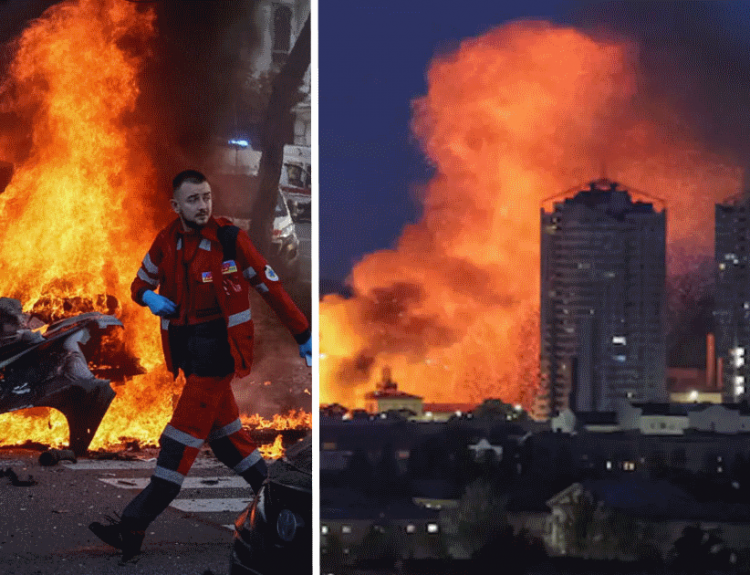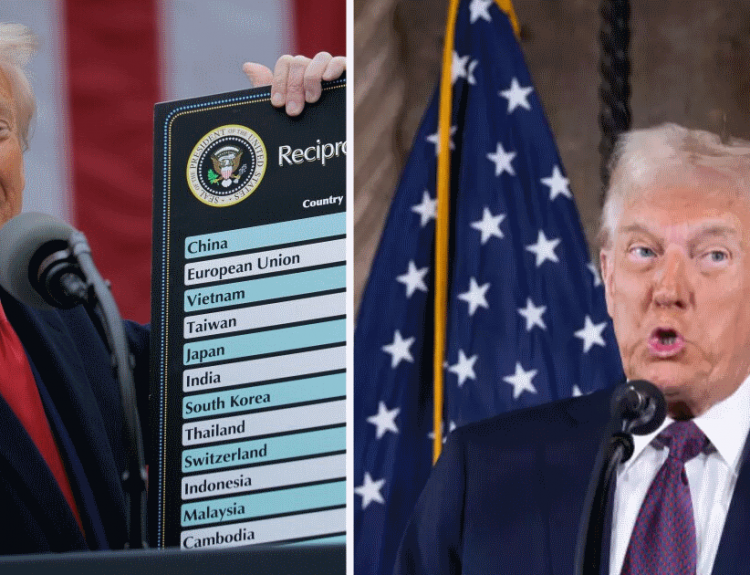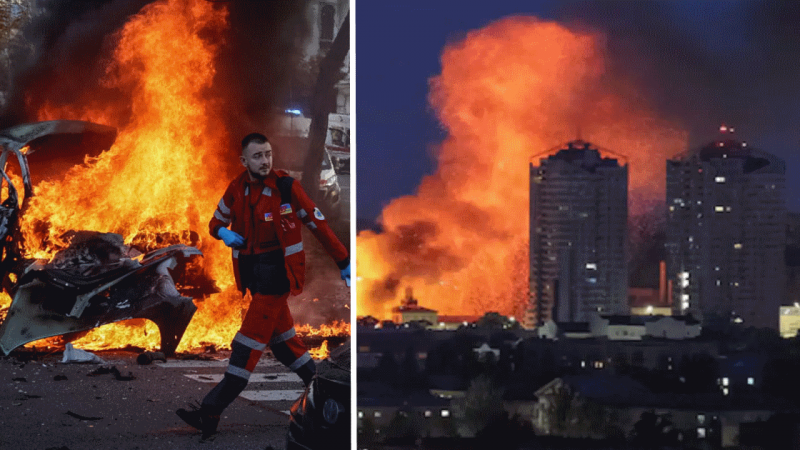Patrick Vereb, 70, the owner of Pittsburgh’s Vereb Funeral Home and Eternity Pet Memorial, has been charged with defrauding more than 6,500 grieving pet owners out of over $650,000 by falsely promising private cremations. Instead, prosecutors say he secretly dumped an estimated 170,000 pounds of animal remains in a landfill and substituted random ashes for the originals. The Times reveals the scope of the alleged scam.
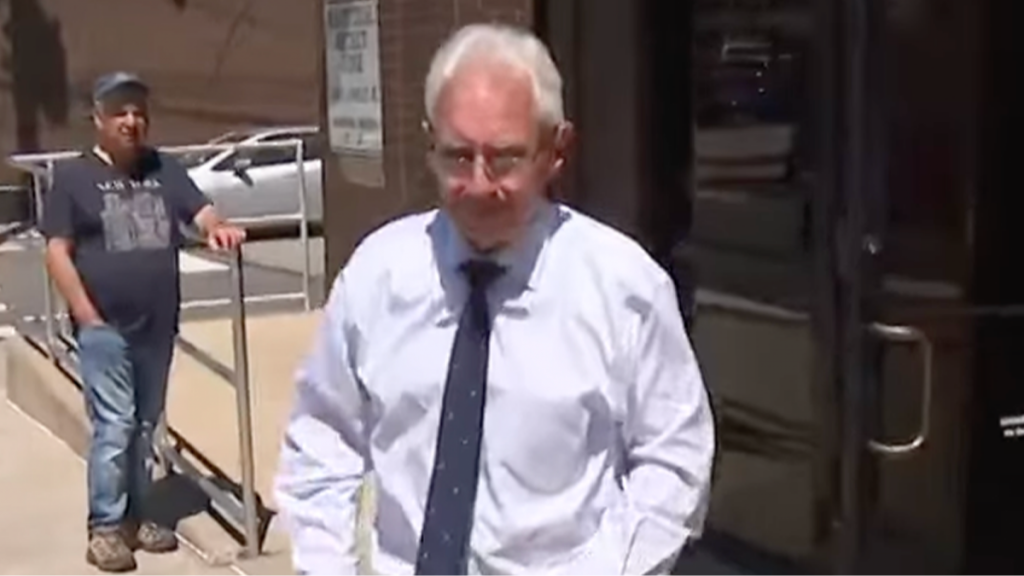
The Pennsylvania Attorney General’s Office filed felony counts of theft by deception, receiving stolen property, and deceptive business practices on April 28 after investigators uncovered glaring inconsistencies in cremation records. Victims—scattered across Allegheny, Armstrong, Washington and Westmoreland counties—paid for everything from engraved urns to paw‑print keepsakes, only to receive ashes that bore no forensic match to their beloved animals. People reports on families’ heartbreak.
PA funeral director trashed over 6,500 bodies of pets, used fake ashes to defraud clients: Officials https://twitter.com/ABC7Chicago/status/1917217544575820199— ABC7Chicago (@ABC7Chicago) April 29, 2025
ABC News aired chilling video footage showing black trash bags filled with animal carcasses piled in Vereb’s garage—far from any crematorium. Prosecutors allege he routinely prioritized “leftover” ashes from prior services, repackaging them to placate families who trusted him with their pets’ final rites. ABC News reports on the landfill dump site.
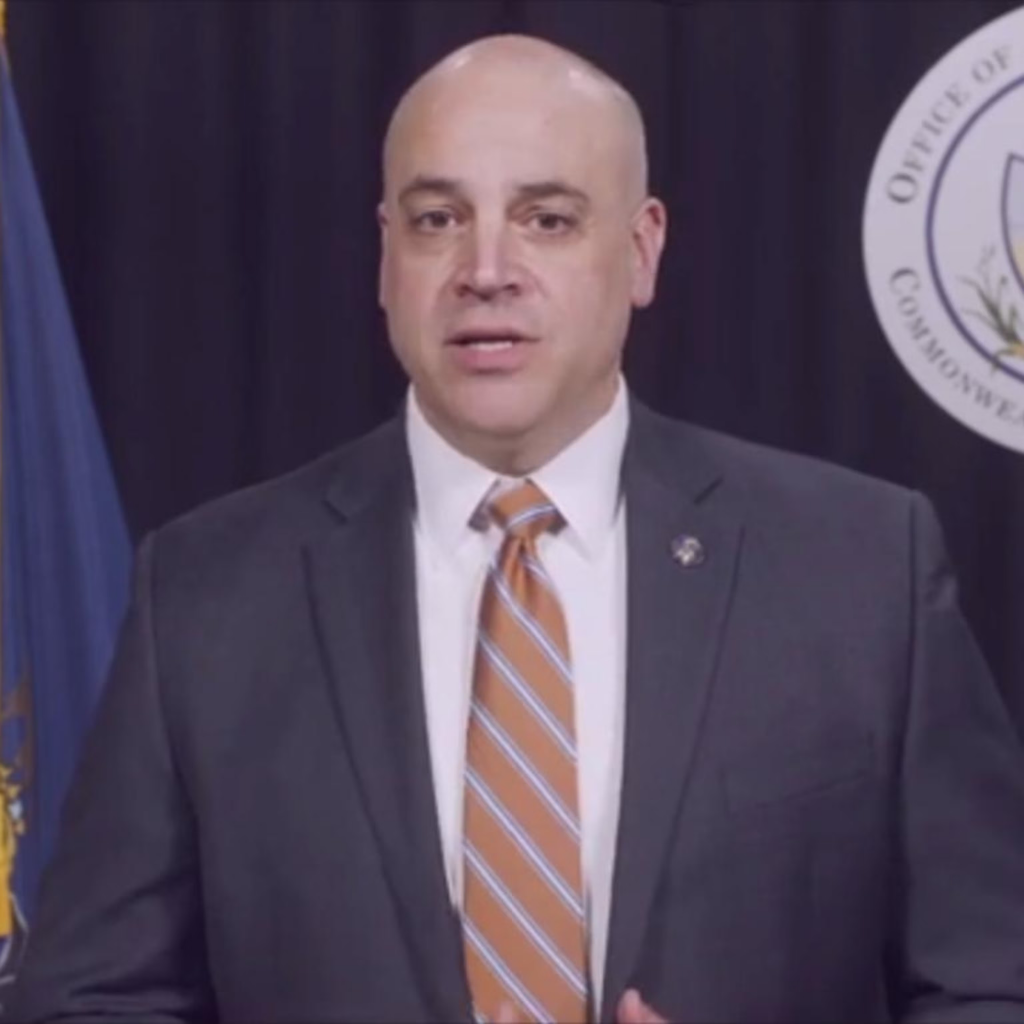
Funeral home director ‘handed fake ashes to thousands of pet owners’ https://twitter.com/MirrorUSNews/status/1917923415777743355— Mirror US News (@MirrorUSNews) May 1, 2025
Former intern Tiffany Mantzouridis blew the whistle after spotting a spreadsheet mismatch: dozens of paid cremations with no corresponding crematorium log numbers. In sworn testimony to CBS Pittsburgh, she described flies and blood‑stained bags stashed behind freezers—proof, she says, that no proper cremations ever took place. CBS Pittsburgh details her revelations.
Cops: PA Funeral Home Gave Pet Owners Fake Ashes https://twitter.com/JoeMyGod/status/1917618865783148828— JoeMyGod (@JoeMyGod) May 2, 2025
Victims, many of whom paid upwards of $200 per service, are still reeling. “I thought I was honoring Maple’s memory,” says Jackie Schultz of Ricki’s Rescue. “Instead, I got someone else’s ashes in a Ziploc bag.” The Attorney General’s office has launched a dedicated website—6ABC Action News explains—where victims can check if they were affected and share impact statements.
Vereb surrendered and was released on his own recognizance; his preliminary hearing is set for May 9. As the community demands justice, this case has sparked calls for stricter oversight of pet funeral services nationwide.


